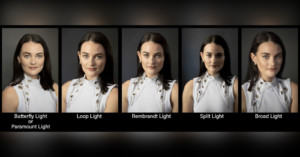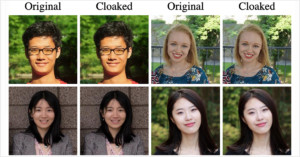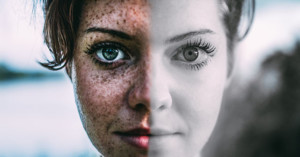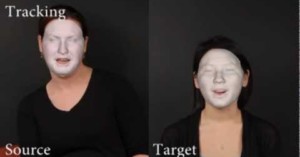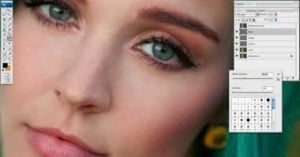
France Orders Clearview AI to Delete its Scraped Selfie Photo Database
A watchdog in France has ordered Clearview AI to delete its database of French faces. The controversial company amassed a database of selfies it scraped from Google and Facebook that it sells to law enforcement for facial recognition.
